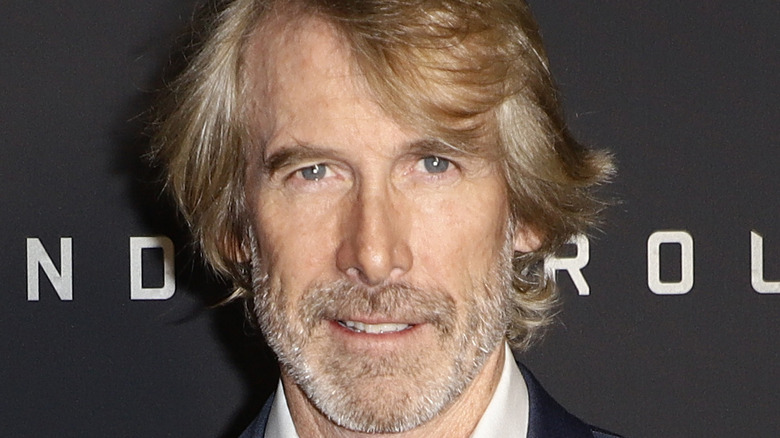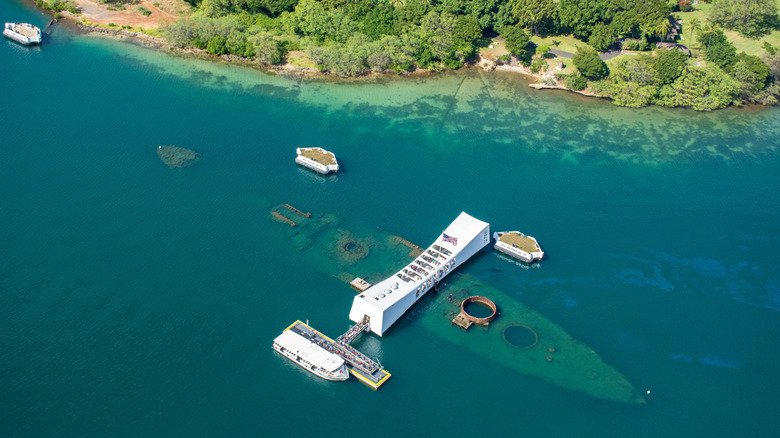How Historically Accurate Is The Movie Pearl Harbor?
Film director Micheal Bay owes much of his success to relatively over-the-top action films such as "Armageddon" and Paramount's "Transformers" series. While profitable, many of his projects have been lambasted by critics for lacking substance, and his attempt to dive into historical drama was met with a similar response in 2001 when "Pearl Harbor" premiered. Survivors of the attack joined the backlash from the perspective that it wrote out actual heroes of that day in order to focus on a fictional love triangle, with sailor Doris Miller being one of the few historical survivors represented (via The Guardian).
Indeed, the film suffers from both historical and technical errors (via SFGate). In regards to the latter, mistakes include but are not limited to clearly modern aircraft carriers and destroyers representing the navies of Imperial Japan and the United States, respectively, fighters performing unrealistic maneuvers, and even the 1960's-built USS Arizona memorial being visible in one scene (via PearlHarbor.org).
The film is riddled with needless oversimplification and falsehoods
How the events themselves unfold in the film is not executed any better. The film at least includes the most geopolitically relevant figures of history — including President Franklin D. Roosevelt and Admiral Isoroku Yamamoto — but even then, its portrayal of them is questionable. While the latter did plan the attack on Pearl Harbor, his dialogue in the film implies that the decision to attack the U.S. fell to him in a single meeting. In reality, Yamamoto did not hold such power — the decision was made after months of discussion, and the admiral was opposed to attacking an enemy he knew to be materially superior.
Another blatant falsehood is a scene showing Japanese planes attacking an army hospital. While no branch of the Japanese military was above committing war crimes, the Imperial Japanese Navy pilots who carried out the attack were under strict orders to not attack any hospitals. Damage to these facilities was minimal, and only one of their staff was killed (via Naval History and Heritage Command). Toward the end of the film, the Doolittle Raid is conversely underscored, as the U.S. planes struck multiple cities rather than just parts of Tokyo (via HistoryNet).

